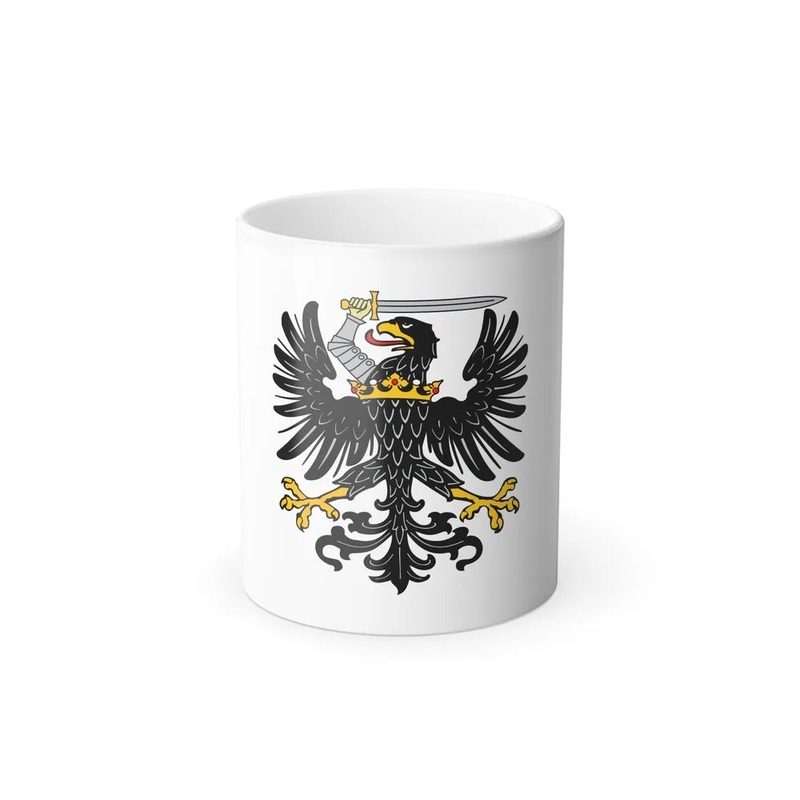
Flag of Royal Prussia Germany The Flag of Royal Prussia Germany refers to a historical banner used during the time when the Duchy of Prussia, later known as the Kingdom of Prussia, was under the rule of the Teutonic Knights and then the Hohenzollern dynasty. This flag is distinguished by its unique design, featuring three white (silver) crosses on a red background. The origins of this flag can be traced back to the 13th century when the Teutonic Order adopted it as their symbol. After the secularization of the Teutonic State in 1525 and the transition to a ducal monarchy, the Hohenzollern dynasty continued to use this flag as the standard of the Duchy of Prussia. The three crosses on the flag represent the unity of the people under Christian rule. Each cross symbolizes one of the historical regions that formed part of Prussia: Brandenburg, Pomerania, and Prussia proper (also known as Kulmerland or Royal Prussia). Following the election of Frederick III as King in the Holy Roman Empire in 1520 and his subsequent assumption of the title Duke of Prussia in 1525, this flag was also used as a symbol of the Hohenzollern dynasty in their expanded territories. With the rise of the Kingdom of Prussia in 1701 under Frederick I, this flag continued to serve as a significant emblem. Today, the Flag of Royal Prussia Germany holds historical significance and serves as a reminder of the evolution of Prussia and its rulers throughout history. Despite not being an official national flag, it is still recognized and cherished by many for its rich heritage.
